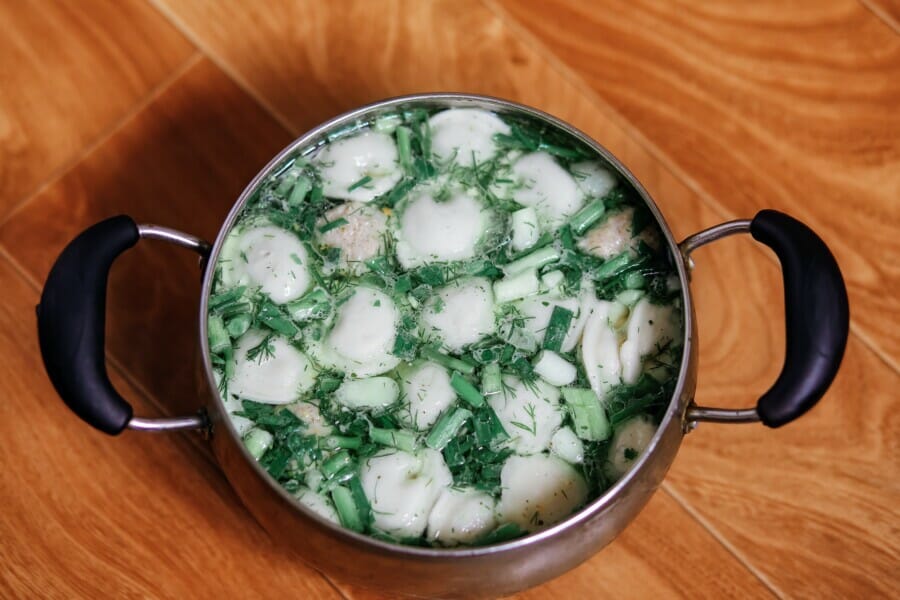Kulvir Singh Virk: Six Traditional Russian Foods No Visitor Should Miss
Traveling extensively as a freelance architect, Kulvir Singh Virk enjoys exploring the culture and art of the countries he visits, trying out authentic local foods.
Russian cuisine is a blend of Asian, European, and Middle Eastern influences, making it very diverse. From the Slavic tradition of using cereals and vegetables for porridges and stews to the introduction of shish kebabs by nomadic Tatars, Russian cuisine offers a wide variety of flavors and dishes.
This article will discuss the background of six traditional Russian dishes that should not be missed by any visitor.
Beef Stroganoff
Dating back to the 1800s, this famous Russian dish has an interesting history. During the Tsarist era, the wealthy Russian upper class had a strong affinity for Paris, often speaking French at home and social gatherings. In 1891, a French chef in St. Petersburg created beef stroganoff for a cooking contest, serving sautéed beef in a sour cream sauce. This luxurious yet easy-to-make dish quickly became a favorite among many hostesses and a popular entree in upscale restaurants.
Borscht
Borscht is a beloved beet soup in Russia that originated in Ukraine. While beets might seem unusual as a soup base to Westerners, this hearty dish is rich in nutrients, combining sautéed meat and vegetables like carrots, onions, potatoes, and cabbage. Borscht can be served hot or cold and is often accompanied by a dollop of sour cream.
Blini
Blini, wheat pancake rolls, are a significant part of Russian cuisine, with a whole festival dedicated to them in spring. Blini can be filled with sweet or savory ingredients such as sour cream, caviar, onions, cheese, jam, and chocolate syrup. These pancakes have been symbolic of the sun to Slavic people since pre-Christian times due to their round shape.
Shashlik
Shashlik, a Russian version of kebabs, consists of cubed meat and vegetables grilled on skewers. The dish originated in the Caucasian Mountains in the 19th century, and today, almost every Russian family has its unique shashlik recipe, often kept as a closely guarded secret. The name “shashlik” comes from the Crimean Tatar word ‘shish,’ which means ‘a spit.’
Pashka
Pashka is a festive dessert popular in Eastern Orthodox countries during Easter. It is a cream cheese and fruit egg custard dessert resembling blancmange. Made with curd or cream cheese, nuts, dried fruit, and a splash of liquor, pashka is traditionally shaped like a pyramid to symbolize Christ’s tomb, celebrating the end of Lent and the beginning of Easter.
Pelmeni
Pelmeni, a type of dumpling, are widely enjoyed across Russia. The dish’s origins are disputed, with various countries claiming their versions, including Georgian khinkali, Jewish kreplah, Uzbek manti, and Chinese xiaolongbao. Historians believe pelmeni were introduced to Russia from China through the Ural and Siberia in the 15th century. Many Russian families continue the tradition of making pelmeni together, filling them with minced lamb, beef, and pork, then serving them with sour cream.















